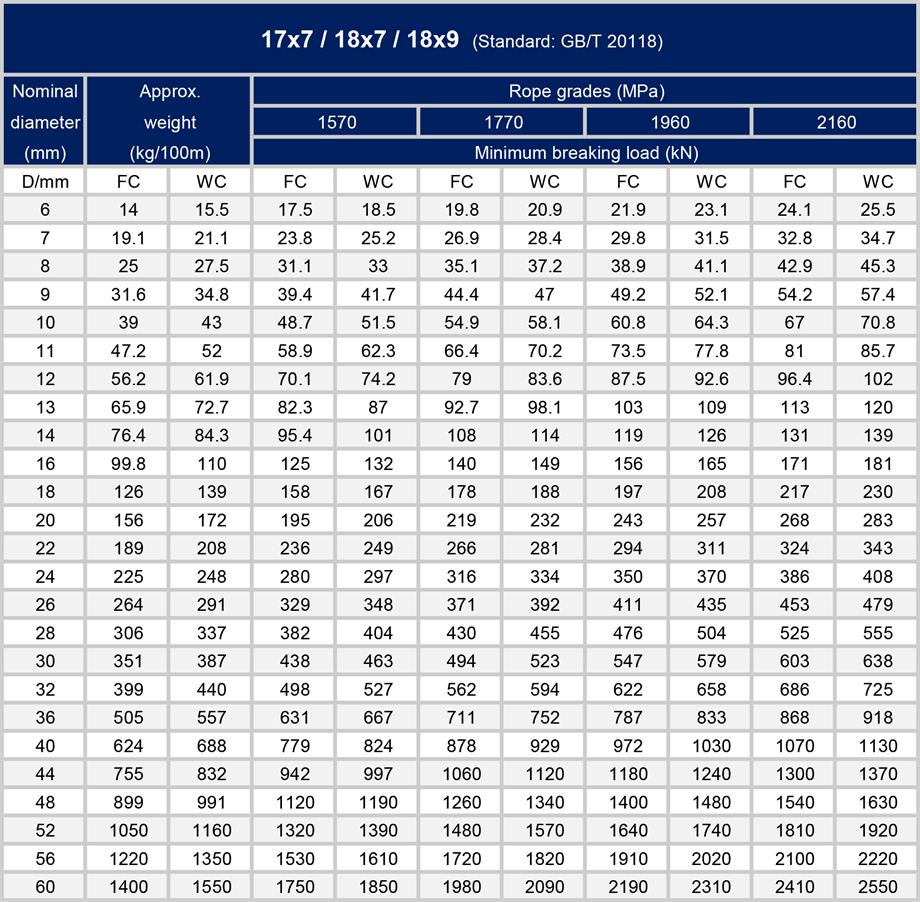Table of Contents
The Science Behind the Springiness of Spring Steel
Spring steel is a type of high-Carbon Steel that is known for its exceptional elasticity and resilience. It is commonly used in the manufacturing of Springs, hence its name. But what exactly makes spring steel so springy? The answer lies in its unique composition and heat treatment process.
Spring steel is typically made from a high carbon content, which gives it its characteristic strength and flexibility. The high carbon content allows the steel to be hardened through heat treatment, making it capable of withstanding repeated bending and stretching without deforming. This is essential for springs, which are designed to absorb and release energy through their repeated compression and expansion.
In addition to its high carbon content, spring steel also contains other alloying elements such as manganese, silicon, and chromium. These elements help to improve the steel’s strength, toughness, and corrosion resistance. By carefully controlling the composition of the steel, manufacturers can tailor its properties to suit specific applications, such as automotive suspension systems, Industrial Machinery, and consumer products.
The heat treatment process is another key factor in determining the springiness of spring steel. After the steel has been formed into the desired shape, it is heated to a high temperature and then rapidly cooled, a process known as quenching. This rapid cooling Locks the carbon atoms into a specific crystalline structure, known as martensite, which gives the steel its hardness and strength.
However, the steel is also made brittle by this process, so it must be tempered to reduce its hardness and increase its toughness. Tempering involves reheating the steel to a lower temperature and holding it there for a specific amount of time. This allows some of the martensite to transform into a more ductile structure, known as tempered martensite, which gives the steel its springiness.
The combination of high carbon content, alloying elements, and heat treatment processes gives spring steel its unique combination of strength, flexibility, and resilience. This allows it to withstand the repeated stresses and strains of everyday use without losing its shape or performance. Whether it’s in the form of a small coil spring in a watch or a large leaf spring in a Truck suspension system, spring steel plays a crucial role in a wide range of applications.
In conclusion, the springiness of spring steel can be attributed to its high carbon content, alloying elements, and heat treatment processes. By carefully controlling these factors, manufacturers can produce steel with the ideal combination of strength, flexibility, and resilience for a variety of applications. So the next time you see a spring in action, remember that its springiness is the result of careful engineering and craftsmanship behind the scenes.
Alambre de Acero para Resorte – Exploring Spring Steel Wire in Spanish
Spring steel is a type of steel that is known for its high yield strength and elasticity. It is commonly used in the manufacturing of springs, hence the name. The unique properties of spring steel make it an ideal material for applications where flexibility and resilience are required.
One of the key factors that make spring steel springy is its carbon content. Spring steel typically contains a higher carbon content than regular steel, which allows it to be hardened and tempered to achieve the desired level of elasticity. The carbon atoms in the steel matrix form strong bonds with the Iron atoms, creating a rigid structure that can be deformed and return to its original shape without permanent deformation.
In addition to carbon, other alloying elements such as manganese, silicon, and chromium are often added to spring steel to enhance its mechanical properties. These elements help improve the strength, toughness, and corrosion resistance of the steel, making it more durable and reliable in demanding applications.
When it comes to spring steel wire in Spanish, it is commonly referred to as “alambre de acero para resorte.” This type of wire is widely used in various industries, including automotive, aerospace, and construction, due to its excellent spring properties and high fatigue resistance. Alambre de acero para resorte is available in different grades and sizes to meet the specific requirements of different applications.

One of the key advantages of using spring steel wire in Spanish is its ability to withstand repeated bending and stretching without losing its elasticity. This makes it an ideal material for the manufacturing of various types of springs, including tension springs, compression springs, and torsion springs. The high tensile strength and fatigue resistance of alambre de acero para resorte ensure that the springs can operate efficiently and reliably over an extended period of time.
In addition to its use in springs, spring steel wire in Spanish is also used in the production of other components that require high strength and flexibility, such as cables, wire ropes, and suspension systems. The versatility and reliability of alambre de acero para resorte make it a popular choice for engineers and designers looking for a durable and cost-effective material for their projects.
In conclusion, the unique properties of spring steel, including its high carbon content and alloying elements, make it an ideal material for applications where flexibility and resilience are essential. When it comes to spring steel wire in Spanish, alambre de acero para resorte is a versatile and reliable material that is widely used in various industries for the manufacturing of springs and other components. Its high tensile strength, elasticity, and fatigue resistance make it a preferred choice for engineers and designers looking for a durable and cost-effective solution for their projects.
